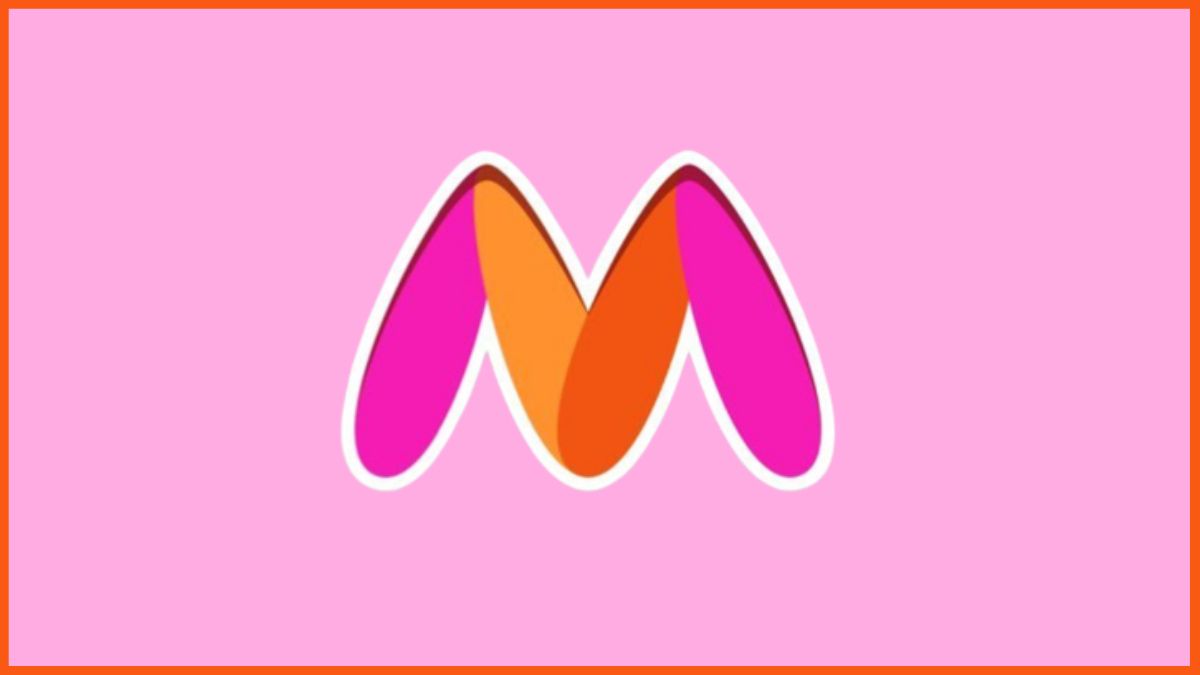Introduction
In a digital-first world, fashion is no longer confined to malls or boutiques. Online fashion marketplaces like Myntra have redefined how people shop offering style, convenience, and personalization at their fingertips.
If you’re an entrepreneur, startup founder, or tech enthusiast wondering how to create a website like Myntra or launch a fashion marketplace app, this guide is your one-stop roadmap. We’ll explore features, tech stack, cost, timeline, monetization, and tips to build a scalable, stylish fashion eCommerce platform.
1. What Is Myntra and Why Replicate It?
Myntra is one of India’s largest fashion and lifestyle eCommerce platforms. Its success stems from:
- A wide variety of branded clothing & lifestyle products
- Attractive UX/UI design
- Curated fashion collections
- Discounts, personalization, and loyalty programs
- Omnichannel presence (app + website)
Building an app like Myntra opens doors to one of the fastest-growing sectors in eCommerce — online fashion retail.
2. Key Steps to Build a Fashion Marketplace Like Myntra

Step 1: Market Research & Niche Identification
- Identify your target audience: men, women, kids, or luxury buyers?
- Choose your product categories: clothing, accessories, beauty, footwear, etc.
- Understand trends like D2C fashion, sustainable fashion, or niche ethnic wear.
Step 2: Business Model Planning
A Myntra-like platform typically follows a multi-vendor marketplace model:
- Sellers list products.
- Customers buy directly from the platform.
- The platform earns via commissions, ads, and premium services.
You can also consider:
- Inventory-led model (you stock & ship)
- Hybrid model (inventory + marketplace)
Step 3: Legal Setup & Vendor Onboarding
- Register your business (LLP, Pvt Ltd., etc.)
- Get GST and tax documents.
- Onboard fashion brands or manufacturers with vendor panels.
3. Must-Have Features in a Myntra-Like Website/App
Your fashion eCommerce platform must combine style with tech. Here’s a breakdown:
Customer-Facing Features
- Beautiful homepage with dynamic banners
- Product filtering (size, price, brand, color, rating)
- Product quick view & detail page
- Ratings and reviews
- Wishlist & favorites
- Shopping cart & secure checkout
- Order tracking
- Personalized recommendations
- Push notifications (sales, order updates)
Seller/Vendor Panel
- Product upload and inventory control
- Order management
- Analytics dashboard (sales, views, returns)
- Discounts & coupon creation
- Return/refund processing
- Payment settlements
Admin Panel
- User & vendor management
- Product and category moderation
- Discount and banner controls
- Commission tracking
- CMS for pages (About, Privacy, etc.)
- Advanced reporting (sales, traffic, returns)
4. Advanced Features to Stand Out
- AI-based Recommendations: Suggest items based on browsing/purchase history.
- AR Try-On: Virtual fitting rooms for clothes or accessories.
- Style Feed or Fashion Blog: Inspire users with curated collections.
- Gamification: Spin-the-wheel offers, rewards on referrals.
- Multi-language & multi-currency: If targeting global users.
5. UI/UX Design Principles for a Fashion App
- Clean, modern design
- Large, high-res product images
- Grid layout for easy browsing
- Mobile-first design
- Fast-loading pages
Use wireframes and mockups to visualize:
- Product listing grid
- Filter/sort section
- Product detail page
- Smooth cart-to-checkout flow
6. Tech Stack for Building a Myntra Clone
| Layer | Recommended Tools |
| Frontend | ReactJS / Angular / Next.js |
| Backend | Node.js / Django / Laravel |
| Mobile App | Flutter / React Native / Kotlin / Swift |
| Database | PostgreSQL / MySQL / MongoDB |
| Search & Filter | Elasticsearch |
| Cloud Hosting | AWS / Google Cloud / DigitalOcean |
| Payments | Razorpay, Stripe, PayPal, Cashfree |
| Push Notifications | Firebase Cloud Messaging (FCM) |
| Analytics | Google Analytics, Mixpanel |
| CDN & Caching | Cloudflare, Redis |
7. How Much Does It Cost to Build a Website Like Myntra?
The cost to build a fashion eCommerce marketplace varies based on scope, region, and tech complexity.
Estimated Cost Breakdown:
| Component | Estimated Cost (USD) |
| UI/UX Design | $3,000 – $8,000 |
| Frontend Development | $8,000 – $15,000 |
| Backend Development | $10,000 – $25,000 |
| Mobile App (iOS + Android) | $15,000 – $30,000 |
| Admin Panel | $4,000 – $8,000 |
| Vendor Panel | $4,000 – $8,000 |
| QA & Testing | $3,000 – $5,000 |
| Deployment & Maintenance | $2,000 – $6,000/year |
You can also reduce cost with:
- Clone scripts ($2,000–$5,000)
- SaaS-based platforms like Shopify with fashion templates
- MVP approach (minimum viable features)
8. Development Timeline
| Stage | Duration |
| Planning & Wireframes | 2–4 weeks |
| UI/UX Design | 3–5 weeks |
| Frontend & Backend Development | 10–16 weeks |
| Mobile App Development | 8–12 weeks |
| Testing & Launch | 3–5 weeks |
Total Time: 4–6 months for full product. MVP can launch in ~3 months.
9. Monetization Strategies
Here’s how a Myntra similar sites generates revenue:
| Stream | Description |
| Commissions | From each vendor’s sale |
| Advertisements | Sponsored listings, homepage banners |
| Subscription Model | Premium delivery (Myntra Insider model) |
| Logistics Handling Fee | For shipping and return management |
| Private Label Products | Selling your own fashion brand |
10. Logistics & Fulfillment Options
To deliver fashion fast, you need smart logistics:
Delivery Methods:
- Third-party couriers (Shiprocket, Delhivery, Bluedart)
- Warehouse + fulfillment (you control delivery)
Add:
- Live tracking
- COD
- Easy return pickup
- Automated shipping label generation
11. How to Market Your Myntra-Like App
Marketing is as crucial as development:
Digital Marketing Strategies:
- Influencer & Fashion Bloggers
- Social Ads (Instagram, Facebook, Pinterest)
- SEO + Content Marketing (fashion blogs, guides)
- Email Marketing with offers, reminders
- Referral Programs
Offline Marketing (Optional):
- Brand ambassador partnerships
- College fashion contests
- Events/pop-up stores
12. Common Challenges (And How to Solve Them)
| Challenge | Solution |
| High cart abandonment | Push notifications, retargeting ads, exit offers |
| Returns & exchanges | Clear policies, hassle-free pickup |
| Vendor management | Onboarding team, proper documentation |
| Style fatigue | Rotate banners, new arrivals, trend-based collections |
| App uninstall rate | Lightweight app, fast loading, loyalty rewards |
13. Case Study: How Myntra Grew
- 2011: Pivoted from B2B to fashion eCommerce
- 2014: Acquired by Flipkart
- 2015: App-only strategy failed, shifted back to omni-channel
- Today: 50M+ users, leader in Indian online fashion
You can learn:
- The importance of brand partnerships
- Offering exclusive fashion lines
- Investing in style content and personalization
14. Final Thoughts: Is It Worth Building a Myntra-Like App?
Absolutely if you:
- Have access to fashion vendors or products
- Understand your target audience’s preferences
- Start lean and scale with data-backed insights
The fashion eCommerce industry is projected to cross $1 trillion globally by 2026. With Gen Z and millennials shopping more online, the opportunity is huge.

